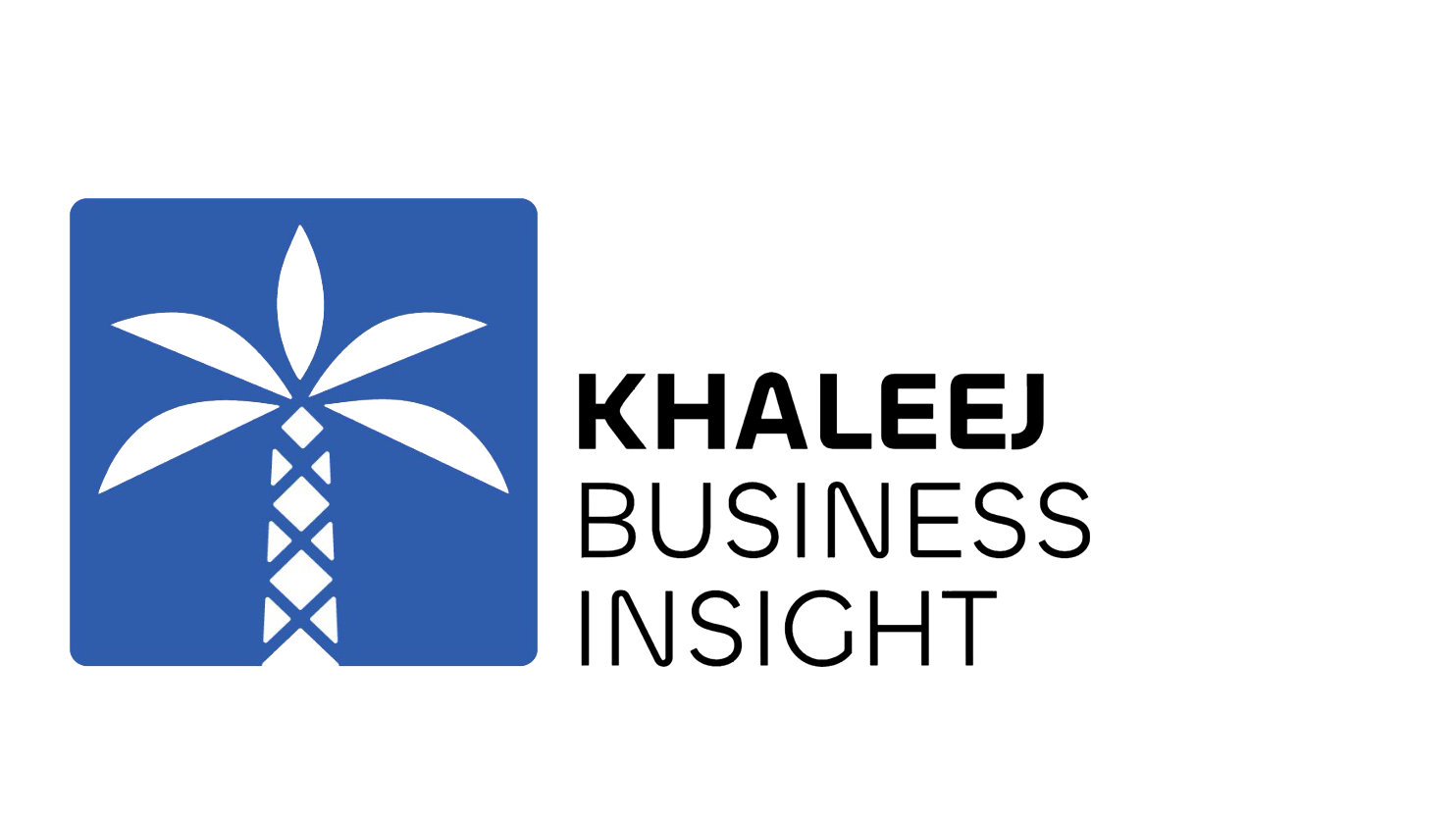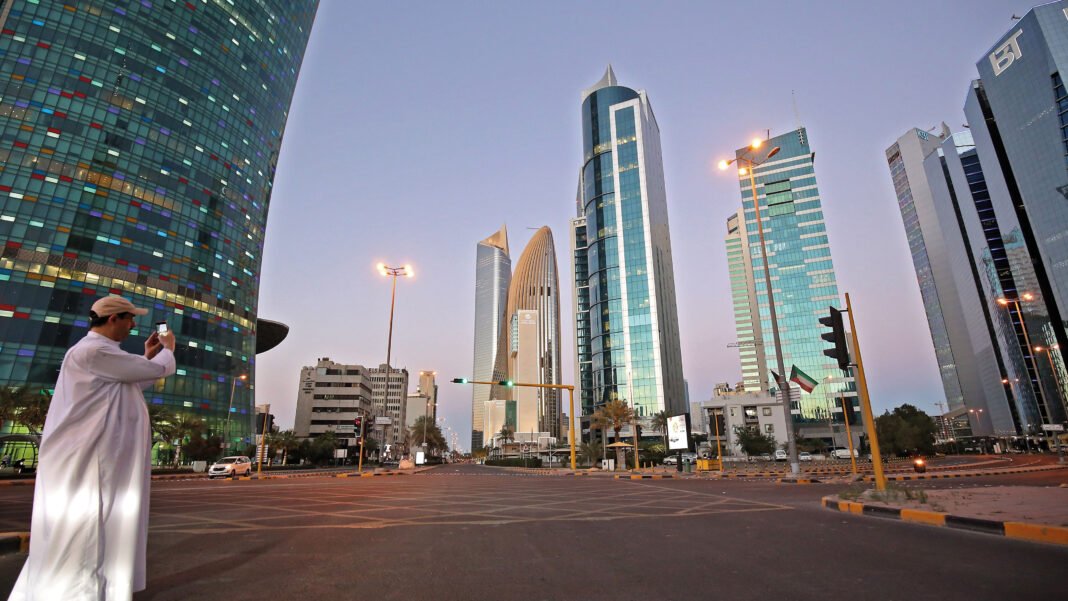Spending in Kuwait fell for the first time in four years, highlighting shifting consumer behavior and emerging economic pressures. Data from the Central Bank of Kuwait shows total consumer outlays dropped by KD 1.68 billion to KD 34.35 billion in the first nine months of 2025.
This decline marks a 4.66 percent contraction compared to the same period in 2024, when spending reached KD 36.03 billion. Analysts note that the fall affects most payment methods, showing a broader slowdown in consumption.
Cash withdrawals fell 10.56 percent to KD 6.8 billion, down from KD 7.6 billion last year. Online payments also dipped 8 percent, reaching KD 13.11 billion. In contrast, point-of-sale transactions rose slightly by 3 percent, totaling KD 14.39 billion. These trends reflect changing payment preferences and the growing digital shift.
Economists say global inflation, tighter monetary policies, and regional economic uncertainty are influencing spending decisions. Consumers appear to be more cautious, prioritizing essential purchases while delaying discretionary spending.
Small and medium-sized enterprises face particular challenges amid the slowdown. These companies rely heavily on local consumer activity, and reduced spending could affect revenues, staffing, and investment plans. Experts suggest businesses may need to adjust strategies to navigate this period
Over the past six years, Kuwait has experienced rapid growth in digital payments. Cash’s share of total spending fell from KD 9.32 billion in 2019 to KD 6.83 billion in 2025. Meanwhile, online transactions surged 838 percent during the same period, demonstrating a clear trend toward digital financial platforms.
Policy-makers are monitoring the situation closely. Analysts recommend measures to sustain consumer confidence, including supporting SMEs, enhancing financing options, and encouraging domestic consumption. Such policies could mitigate the negative impact of the spending slowdown.
The decline in spending also has broader implications for Kuwait’s economic diversification strategy. Reduced consumer activity may slow growth in non-oil sectors, which are critical to building a more balanced and resilient economy.
Looking ahead, stakeholders expect gradual improvement if wage growth stabilizes and policy interventions support domestic demand. Some forecasts predict a moderate recovery in spending by late 2025 or early 2026.
Overall, the drop in consumer spending signals a cautious phase in Kuwait’s economy. It underscores the need for targeted economic policies, resilient business strategies, and continued digital transformation to support sustainable growth.





